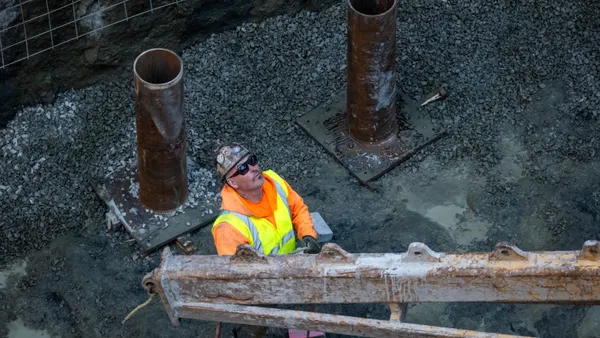Dive Brief:
- Realtor.com economists have released their predictions for the 10 hottest housing markets of 2016, and they are as diverse in their characteristics as they are in geography. Near-constant cities on the list like San Francisco, Denver and Dallas did not make the cut this year, as those markets are expected to experience a slowdown in price appreciation and possibly declining sales.
- The markets that did make the list are experiencing growing demand from older millennials, young Gen-Xers and retirees, Realtor.com said.
- The complete list of Realtor.com’s hot markets is:
- Providence, RI
- St. Louis, MO
- San Diego, CA
- Sacramento, CA
- Atlanta, GA
- New Orleans, LA
- Memphis, TN
- Charlotte, NC
- Virginia Beach, VA
- Boston, MA
Dive Insight:
Realtor.com chief economist Jonathan Smoke said the list is made up of existing robust markets like San Diego, Boston and Atlanta; recovering markets like New Orleans, Virginia Beach, VA, and St. Louis; and spillover markets from Boston (Providence, RI) and San Francisco (Sacramento, CA). In addition, Smoke said affordability has entered the equation as a growth factor, which boosts positions of Southern and Midwestern markets like Memphis, TN, Charlotte, NC, and Virginia Beach, VA.
To arrive at the markets on the list, Realtor.com, took past trends and seasonal variations of housing and economic data for the 100 largest markets in the country and sorted out the markets where expected growth was equal to or better than the U.S. average. Realtor.com also looked at listing page views, and each market on the list had 60% more than the U.S. average. Each market’s inventory also sells 16 days faster than any of the other markets in Realtor.com’s study.
Zillow also has emphasized the role of affordability in its predictions for the 2016 housing market. Zillow predicts home prices and rents will continue to rise, pricing the lowest third of earners out of the housing market entirely. In fact, driven by affordability, Zillow noted, first-time homebuyers will seek out the suburbs, many developed to mirror the urban living environment, which has drawn millennials, as well as baby boomers, into cities.













